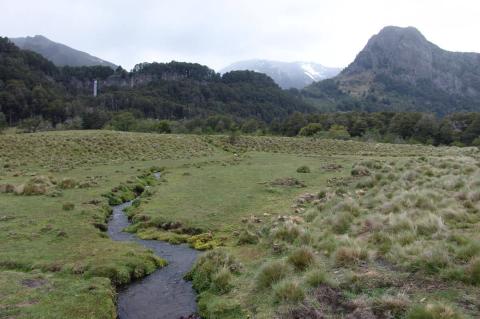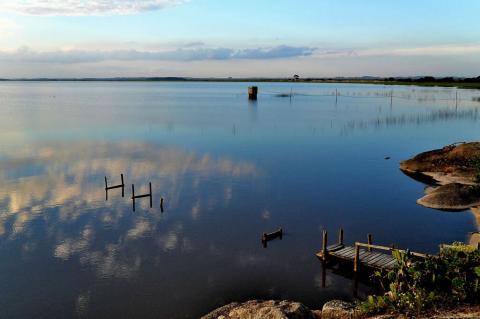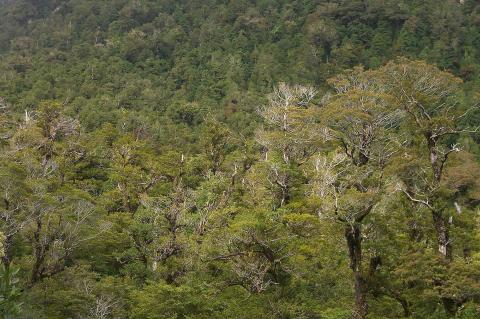Alto Orinoco-Casiquiare Biosphere Reserve: Duida-Marahuaca National Park (Venezuela)
The Alto Orinoco-Casiquiare Biosphere Reserve is located in the Venezuelan Amazon. Duida-Marahuaca National Park, a national protected area that includes the Duida-Marahuaca Massif, lies within the Biosphere Reserve.









